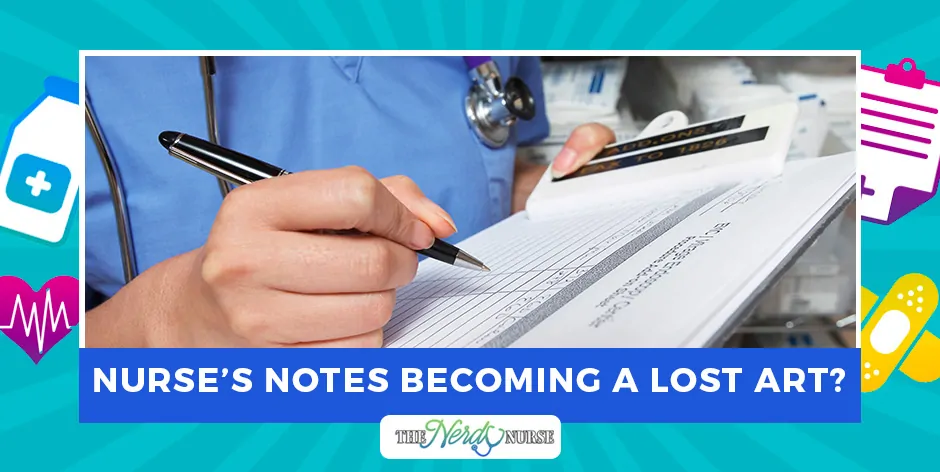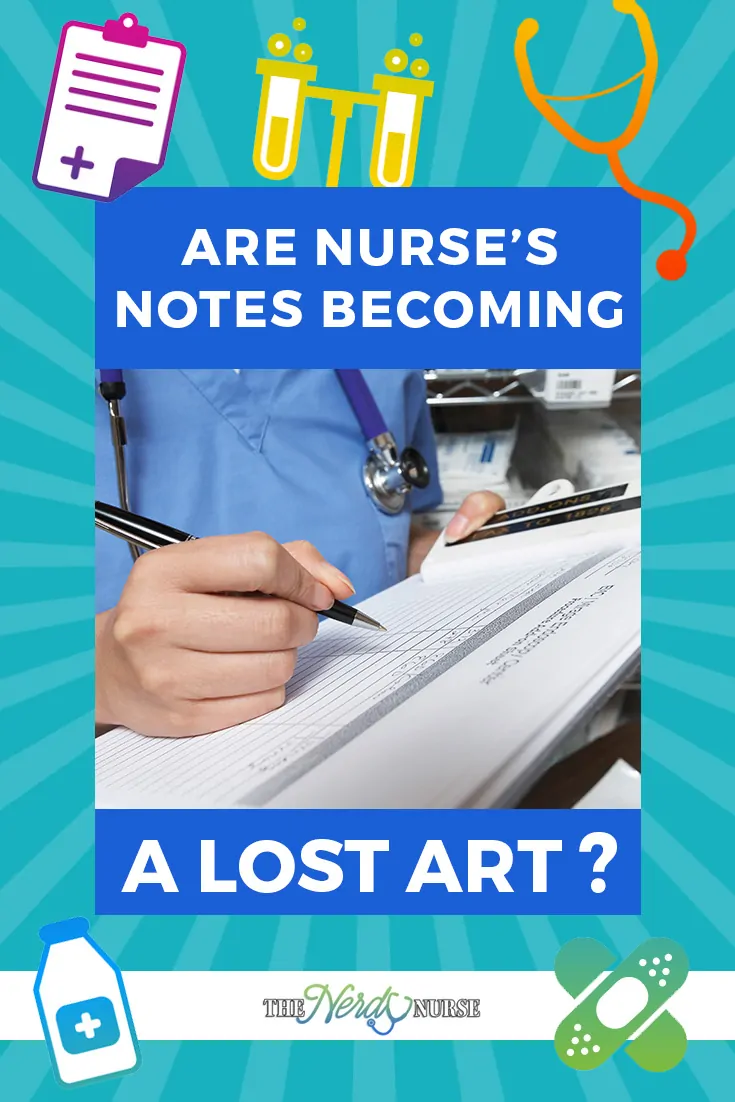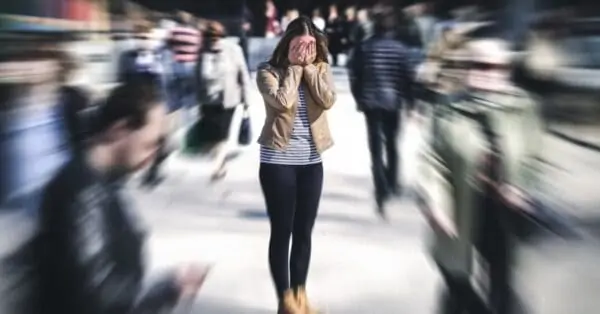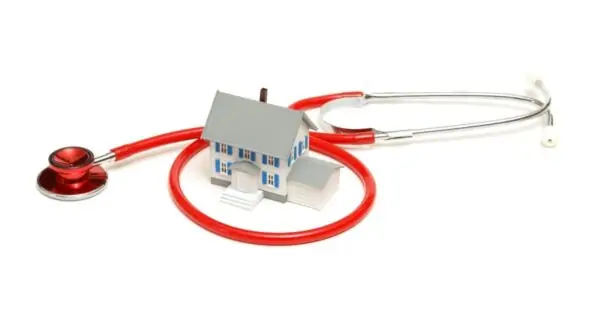For centuries nurses have been documenting the day to day activities and interventions of their patients. A well-crafted nurses note is a work of art, not only conveying the important information regarding their patient’s health status and response to treatment but also setting a tone and telling “the patient story.”
Recent changes to the way nurses document has had a negative impact on the ability to tell a cohesive story. Nearly every hospital has now implemented an Electronic Health Record (EHR) wherein nursing documentation is standardized and quantified, decreasing the amount of subjective charting. This system was supposed to make nursing notes more accurate and make data easier to access, no longer having to weed through mundane information such as “lunch given and tolerated well” or “sleeping in bed, no complaints.”
Nurses and other health professionals, however, quickly maligned the loss of the “patient story.” The nurses’ notes enabled them to get a real picture on the status of their patient while charts and menus have dehumanized the data. Are nurses notes still relevant today or have they become a lost art?
Why are Nurses Notes So Important?
How many times have you heard this statement? “We spend too much time on paperwork, time that takes us away from what is important – patient care.” Nurses have complained about charting and writing nurses notes since they began taking them! But nurses’ notes are possibly one of the most important tasks that nurses must complete.
Nurses notes are an important communication tool, passing on important information to all members of the health team. They are also very valuable as a way to recognize trends and are an important resource to establish baselines and a change in a patient’s status. Furthermore, they are the most important document for litigation cases for proving the quality (or lack thereof) of care provided to the patient.
While standardized electronic documentation is excellent at documenting quantifiable data, it bypasses the human aspect of nursing care. Well-written nurses notes not only convey important data, such as catheter size and the color of urine produced, they also express the human aspect of the procedure, such as a patient’s pain or discomfort during the procedure or if their symptoms have improved after the procedure is complete.
History of Nursing Documentation
Nursing notes are as old as nursing itself. Florence Nightingale, the mother of nursing, advocated for regular documentation of the amount of air, light, cleanliness, and diet provided to the patient. These notes were completed not just for communication purposes but to collect data for future nursing care management.
Until the 1970’s, however, nursing notes were discarded at the end of the patient’s hospitalization. In the 1930s a Nurse Theorist named Virginia Henderson started using notes to create nursing care plans. Today the importance of nurses’ notes is recognized for continuity of care as well as legal documentation.
Introduction of the Electronic Health Records
The first EHR was developed as early as 1972 but not widely adopted until the late 1990s and early 2000s with the introduction of portable computers. There were many benefits to adopting electronic documentation systems. Without the need to try to read the illegible writing, documentation is more accurate, and there are fewer errors made due to misinterpretations. Since the records are online, the information is more easily accessible. Also, there are significant cost savings for organizations.
However, there are many drawbacks to computerized documentation. It often takes more time, is cumbersome to complete, and has essentially eliminated the narrative aspect of nurses’ notes, replacing it with tick boxes and drop-down menus. Nurses and other health professionals are left feeling that the documentation has become dehumanized and is no longer telling the “patients story.” While they can easily track quantifiable data such as vital signs or urine output, they miss other aspects of nursing care, such as a patient’s mood or relative well-being. It seems as if nurses’ notes are becoming a lost art.
How to “Humanize” an Electronic Health Record
With the replacement of most of the nursing documentation with charts and graphs is there a way to “humanize” the electronic health record and recapture that art of telling the “patient story?” While the initial wave of electronic documentation undervalued the need for a narrative nurses’ note, program designers and administrators are quickly discovering the significance of this gap in communication. Nurses are becoming involved at the developmental level and designing programs that provide easily accessible data and a comprehensive picture of the patient’s health status and experience. One such program was developed with great success in a pilot study where the data was organized on a home page for each patient that gives the health professionals a more holistic snapshot of the patient’s care and status. Other programs in development organize data into a more organized system that mirrors a nursing care plan with identifiable outcomes and goals.
The question we must all ask ourselves is, are nursing notes necessary? Studies show that narrative notes were rarely read with only 20% of nurses notes ever read at all. Unless the note is truly relevant and is encompassing information not captured elsewhere, should we be encouraging nurses to complete a task that is redundant and unnecessary? Perhaps the solution is to develop a better electronic record that marries the two systems, both the quantifiable data collection and the human aspect or “patient story.”
Nursing documentation has gone through significant changes in the past decade with the introduction of the electronic health record. While nurses’ notes were once a skill perfected with experience, the narrative note has been replaced with standardized forms and drop-down menus. Often nurses and other health professionals are left with the feeling that something is missing, that the “patient story” is no longer being told. However, long narrative notes are cumbersome to retrieve important data and are rarely read by other health professionals. With changes in documentation programming, capturing the humanizing aspect of patient care is possible while keeping important data easy to retrieve. While nurses notes may be becoming a lost art, nursing documentation remains one of the most important aspects of excellent patient care. Nurses can improve documentation systems to rehumanize the health records and to provide evidence-based recommendations for nursing interventions.
Improving Nursing Documentation and Reducing Risk













Yes I cant agree more. With electronic documentation note making has become rarer these days